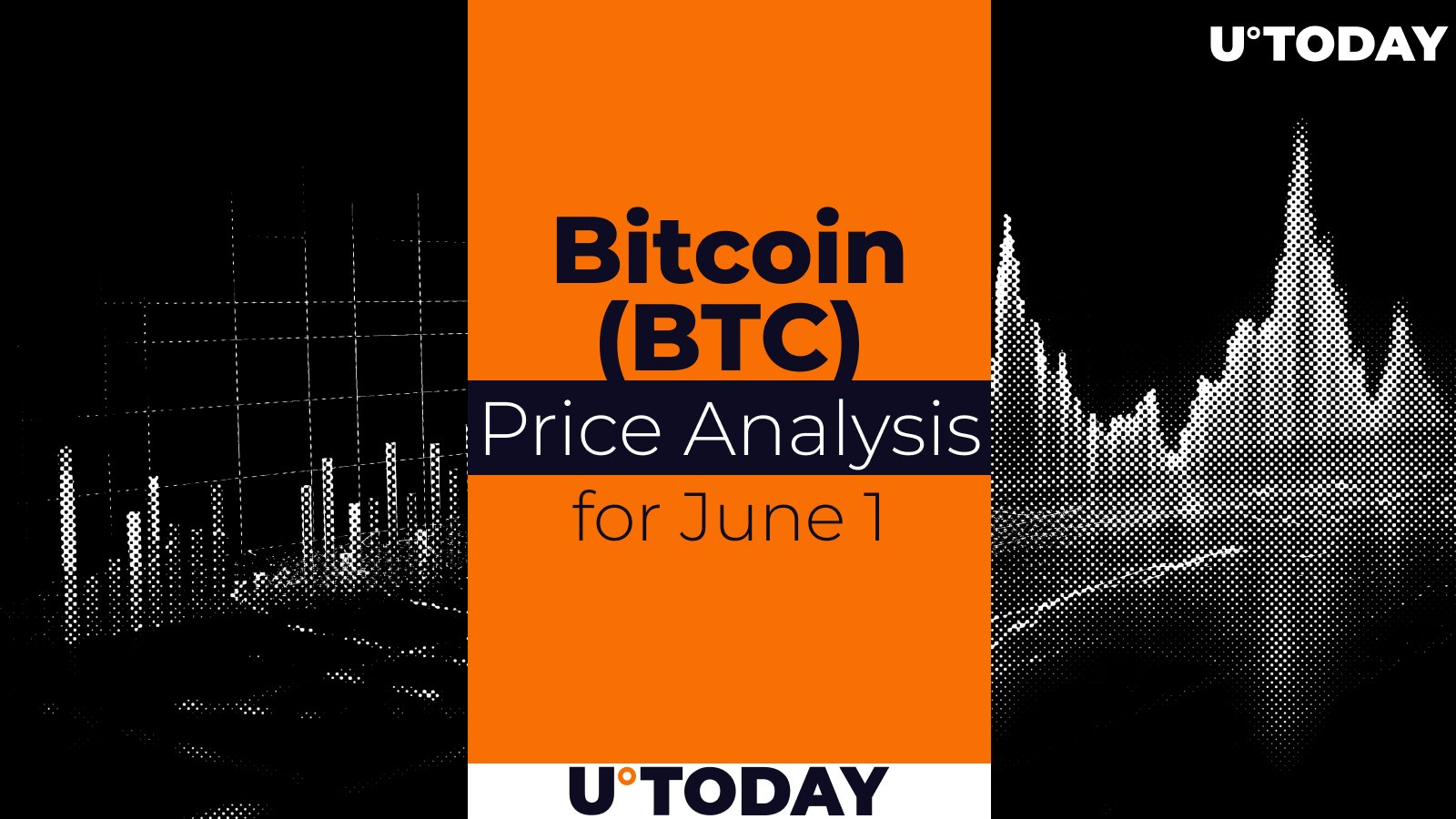JEPI and JEPQ ETFs have a new sibling: JADE
The JPMorgan Equity Premium Income (JEPI) and JPMorgan Nasdaq Equity Premium Income (JEPQ) ETFs have become highly popular among investors. JEPI has gained over $33 billion in assets while JEPQ has $13 billion.
JPMorgan launches JADE ETF
These funds have done well because of their strong dividend yields. JEPQ has a 8.8% yield while JEPI yields 7.7%, which are bigger than what short-term Treasuries are yielding. The 5-year, 10-year, and 30-year government bonds are yielding less than 5%.
Now, JPMorgan has introduced a new active fund as it seeks to grow its market share in the industry. The JPMorgan Active Developing Markets Equity ETF (JADE) is a new ETF that gives investors an exposure to the most promising companies in the emerging markets.
Most of the stocks in the fund are from China followed by Taiwan, South Korea, Indonesia, Hong Kong, and Saudi Arabia. A look at the fund shows that most of its stocks are in the technology, financials, consumer discretionary, and industrials sector.
JADE ETF’s biggest companies are Taiwan Semiconductor, Samsung, Tencent, Infosys, Netease, and Bank Rakyat Indonesia. The other notable ones are Kia, Fuyao Glass, HDFC Bank, and China Construction Bank.
Exposure to emerging markets
JPMorgan aims that the fund will give investors exposure to global companies that are significantly undervalued than their American peers. In a statement, Paul Quinsee, the CIO and Head of Equities at the bank said:
“Many investors are structurally underweight in emerging markets and risk the potential of missing a recovery. JADE is an actively managed core strategy that seeks to provide the diversified exposure investors are looking for.”
Some analysts believe that the emerging market has a lot of opportunities now that American equities are not cheap. The S&P 500 index has a forward PE ratio of 20, higher than its five-year average. In contrast, the Hang Seng index has a multiple of 11 while the Shanghai Composite has a multiple of 14.
The biggest risk in the ETF is the ongoing tensions between the US and China, which could hit some of its biggest constituents like Tencent, Netease, and Alibaba.
There is also the risk of currency movements, which could affect their earnings in dollar terms. Most emerging market currencies like the Chinese yuan, Turkish lira, Indonesian rupiah, and the Argentinian peso are sitting near their lowest levels against the US dollar.

VWO vs SPY vs RNEM
The other risk is that emerging markets ETFs have historically underperformed US equities. As shown above, the S&P 500 index has jumped by over 100% in the past five years while the Vanguard Emerging Market Fund (VWO) and the Emerging Markets Equity Select ETF (RNEM) have risen by less than 30% in the same period.
The post JEPI and JEPQ ETFs have a new sibling: JADE appeared first on Invezz





